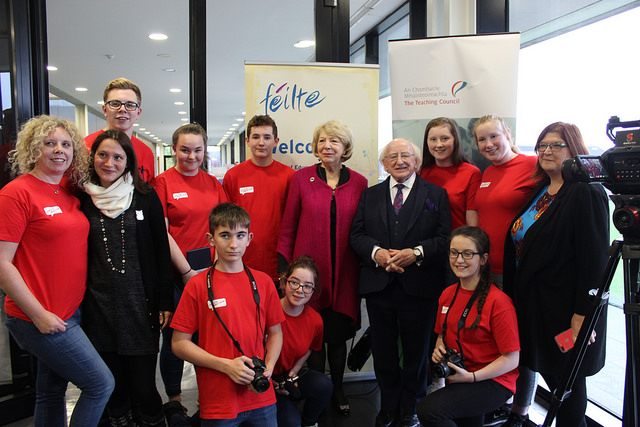“It’s a special moment” – that moment when a child who has worked on a project for several hours is ready to share it with people they care about. Ken Whelan, a volunteer with the CoderDojo movement describes the transformative educational experiences that children have every week. For Ken this is learning by accident, it’s not a typical classroom situation; this is different. Children are challenged not spoon fed. They define the task; they find the solution – they learn by doing.
Clearly this is what children want. CoderDojo is now a movement involving 30,000 children in 700 centres around the world.
The technology, Arduino, is inexpensive and a perfect way to start the process whether it’s creating code to control Google Earth or a real-world drone – the Coder Dojo ethos is that cost should never be a barrier to learning.
I feel embarrassed as I have never heard of CoderDojo before. I also feel that I have not been in touch with the teaching of technology for my daughters sake.
I really like the idea that CoderDojo is not about the tech stuff but more about the understanding of learning and thinking. This is a great example example of ‘Learning by doing’ in a learning space that reflects the students needs.

